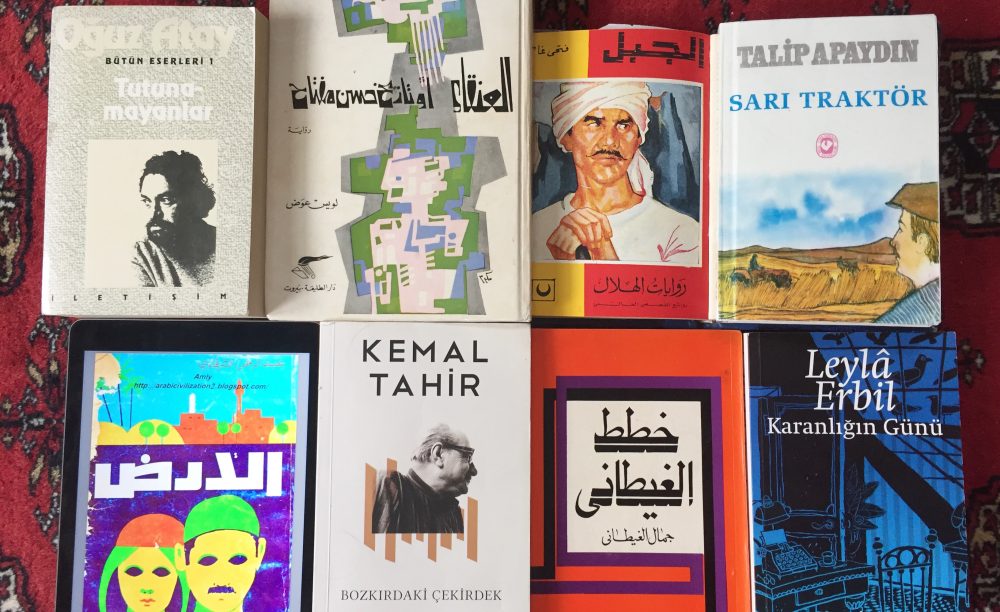Depictions of violence against women is so terrible that in fiction it often requires some sort of conceit to make it bearable. I think of, for example, of Fernanda Melchor’s use of gothic horror and skaz in her novels Hurricane Season and Paradais. Likewise, in Kötü Kalp, Aslı Tohumcu frames her gruesome short stories about pedophiles and womanizers and men abusing their power within the plot of a detective novel. But the quality of a novel that uses this strategy shouldn’t be judged merely by how successfully it is able to sustain a confrontation with violence, but by how the adopted genre form is, in turn, changed by its content.

Take, for example, Frankenstein by Baghdad by the Iraqi writer Ahmed Saadawi. Not only does he cleverly use the famous horror story of Frankenstein to depict the horrors of the violence in the wake of the American invasion in 2003, but in the process makes Mary Shelley’s famous monster an allegory for the absurd, undying drives of sectarian violence.
Unfortunately, while Tohumcu adds a detective story plot to her depictions of violence against women, her novel isn’t carried beyond the simple addition of genre tropes, and doesn’t even make use of a twist or big-reveal (the genres greatest tools!) to say something beyond the simple terrible fact of violence. Simply reversing the usual victim and perpetrator isn’t enough for me!

